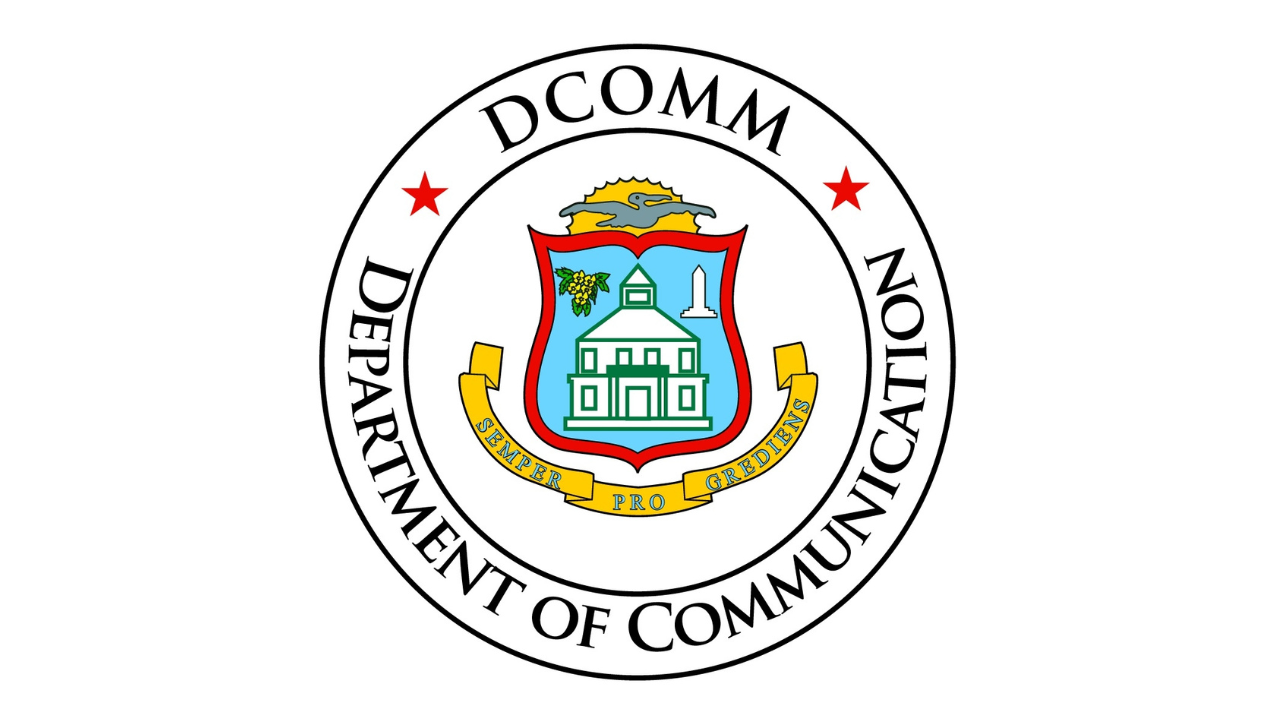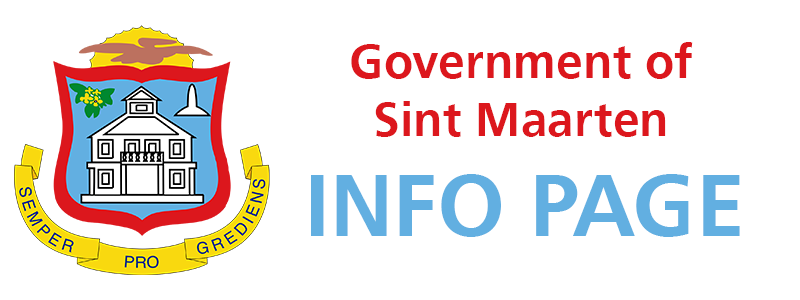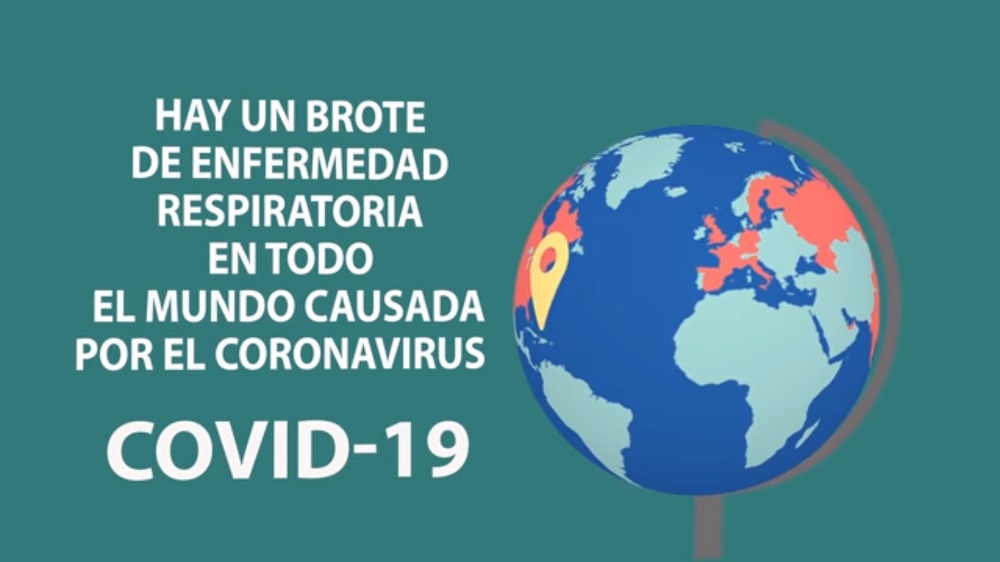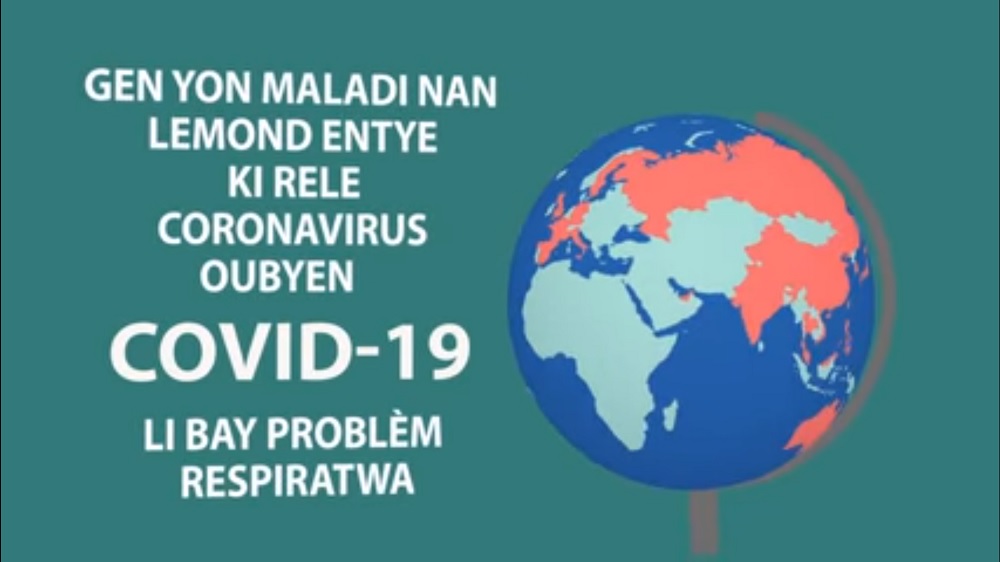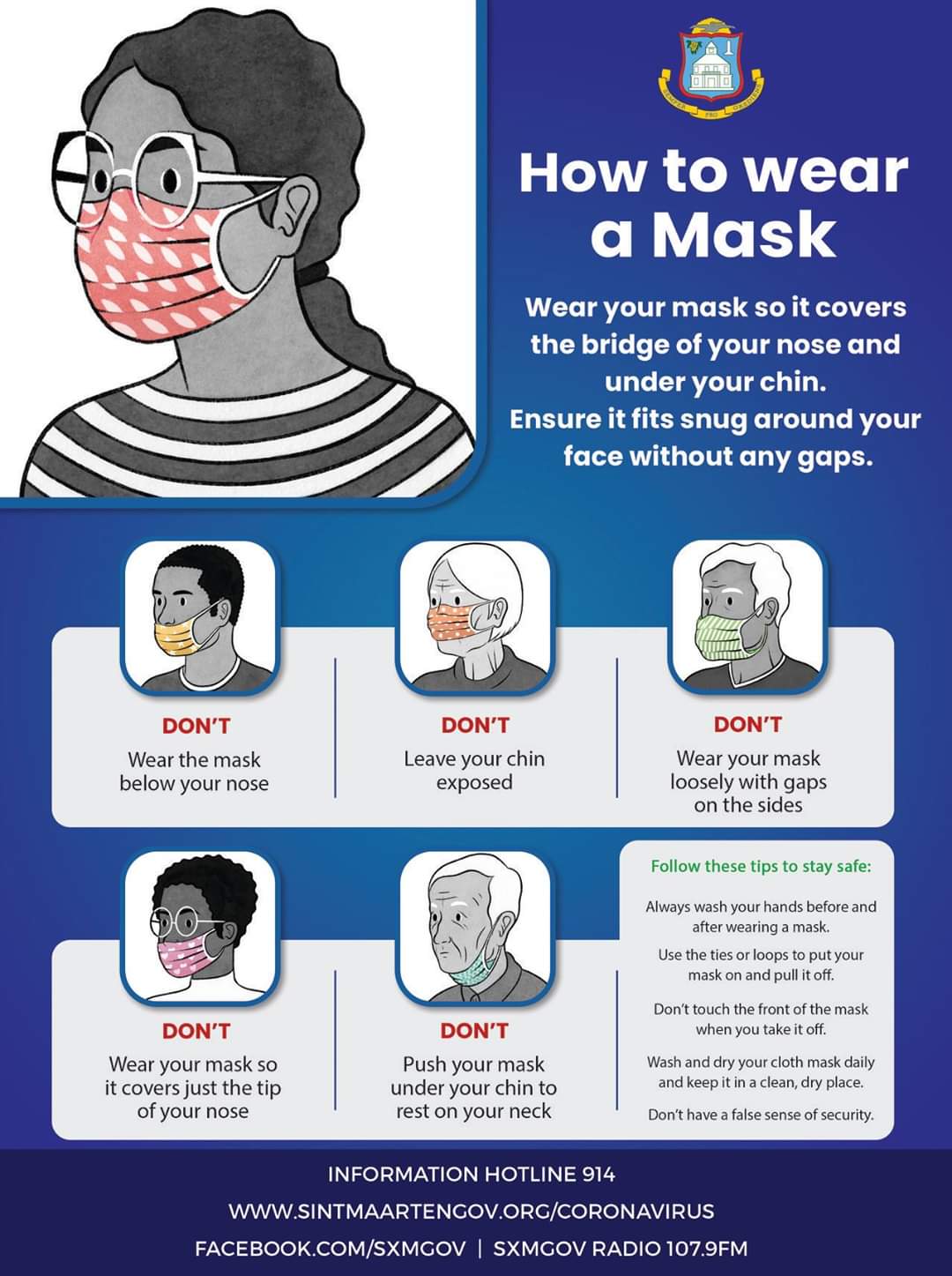Sint Maarten: 15 Years of Constitutional Autonomy Lessons, Prospects, Achievements
GREAT BAY, Sint Maarten (DCOMM) – Prime Minister Hon. Dr. Luc Mercelina delivered the following speech at the Governor's 12th Annual Symposium that took place on Wednesday, October 15, 2025.
The Prime Ministers Address:
1. Opening
Distinguished guests, as protocol has been already established, good morning. feel (His Excellency Governor Baly, members of Parliament, ministers, distinguished and honorable invitees, good morning.)
The real question we must ask ourselves today is not what the past fifteen years have done to Sint Maarten, but rather, how has our long and complex history shaped these past fifteen years of autonomy?
Today, we look not only at the 15 years since 10-10-10 but I think to a timespan of approximately 170 years of turbulent, and impactful development of our constitutional status — actually, only four generations of struggle, determination, and resilience. For me, this is
the story of my great-grandfather, my grandfather, my father, and myself, each living through a different stage of our island's constitutional journey.
2. Constitutional Intervention and Evolution
What were actually the constitutional interventions and evolutions that took place?
Between 1828 and 1845, the Leeward colony of Curaçao inclusive Aruba and Bonaire and the Windward colony existing of Sint Maarten, Sint Eustatius and Saba were merged with Suriname into a single colony. This construction formed part of the Dutch' West Indian possessions ("der Nederlandse West-Indische bezettingen").
In 1845, a new restructuring took place: the administrative union with Suriname was dissolved, and the six islands were merged into one colony — The Colony of Curaçao and its Dependencies (Kolonie Curaçao en diens Onderhorigheden). These islands were all governed from Willemstad, Curaçao. But I can tell you Sint Maarten was not amused with this change.
Then came 1863, the abolition of slavery — a moral turning point for our people.
In 1945, Indonesia declared its independence. Four years later, in 1949, the Netherlands recognized it, and what was once The United Kingdom of the Netherlands became The Kingdom of the Netherlands.
In 1948, during the Round Table Conference between the Netherlands, Suriname, and the six islands again, a new constitutional vision emerged. The 1948 revision of the Dutch Constitution (grondwetsherziening) marked the birth of the Country of the Netherlands Antilles, comprising six islands.
By 1951, the Island Regulation (ERNA) was implemented. Each island obtained its own elected Island Council, with commissioners and a lieutenant governor serving as the link to the central government in Willemstad.
In 1954, the Charter (het Statuut), the highest regulation within the Kingdom was drafted.
Then we jumped to 1983. In 1983, through the Round Table Conference in The Hague, the future constitutional status of the Netherlands Antilles was discussed. The main outcome was the decision to grant Aruba a separate status as from January 1, 1986. In 1986, Aruba officially obtained its separate status / status aparte.
In 1994, the first referendum was held on the Windward Islands. The referendum produced a clear outcome: the people chose to continue within the existing Antillean constitutional arrangement.
Then in 2000, there was again a referendum in Sint Maarten, and the outcome was "own status."
Ten years later, on October 10th, 2010, the Netherlands Antilles were dissolved, and Sint Maarten obtained country status.
But it was not a full country status in the true sense of the word. It was and remains a constituent state instead of a country.
And this, because a country, by definition, is a well-defined territory with full political independence.
By that definition, Sint Maarten is not a country — and that is the constitutional reality we live in today.
All the changes since 1845 have influenced the dynamics of the mutual relations among all stakeholders in the Kingdom — right up to the present day.
Moving forward after 10-10-10 we also made some errors. We became, for example, hypnotized by the idea of independence. From the very day we achieved country status, we were carried away on an emotional journey — constantly trying to prove to our Mother Land that we could stand on our own.
We were so focused on proving ourselves that we forgot something essential — to build constructive and sustainable alliances with other Caribbean countries outside the Kingdom. It is unfortunate that it took the Trump tariff war to make us realize that we needed other countries in the Caribbean outside the Kingdom to survive.
What are now the Lessons Learned (after the constitutional journey we went through)
- First lesson: Independence, pursued in isolation, will not work. We cannot build our future by standing alone as we have been doing in the past 15 years.
- Second lesson: We must strengthen cooperation with other Caribbean islands and organizations such as the OECS and CARICOM.
- Third lesson: 10-10-10 was a political decision which cannot be reversed. Yet we still try to do so, not realizing that it does not work. The term "Netherlands Antilles" is gone, yet we have reintroduced the same concept under the name CAS. For me, CAS is wishful thinking. It is time for Sint Maarten to define its own relationship with the Netherlands — just as Aruba and Curaçao must define theirs.
- Fourth lesson: We must stop looking back only to Aruba and Curaçao when questions are posed by the Netherlands to the so-called CAS-islands. We continue to hold on to this romantic belief based only on a shared history. Instead, we must look to our closest neighbors such as French Saint Martin, Anguilla, Saba, Statia, St. Kitts and Nevis, St. Barths and Montserrat, who face the same challenges we do in healthcare, education, climate change and border control.
- Fifth lesson: A balanced national budget with a significant Capex is the only tool that can justify a sustainable country status. However, there is a contradiction between the budget that we have — which keeps us dependent on the Netherlands — and the illusion that we have a real country budget to propel Sint Maarten to a true country status. You cannot build ministries, or a nation, without a proper budget.
- Sixth lesson: You cannot build a country without a strong, professional treasury. Not to say, a strong human resources.
- Seventh lesson: We have an expensive and inflated constitutional structure for only 60,000 people creating an illusion that we are a country. We have:
- Council of Advice
- General Audit Chamber
- Ombudsman
- Social Economic Council
- Integrity Chamber
- Constitutional Court
- Council of Law Enforcement, etc. We carry the burden of an expensive "hydrocephalus" — an oversized institutional head for a very small community. This makes it almost financially unaffordable for a small community.
4. Prospects
Let us talk now about our prospects — what lies ahead? The key question is this: Will we remain autonomous in a constituent state, or will we one day pursue full country status?
In my opinion, Sint Maarten has for now a much greater chance of survival as an autonomous constituent state than by chasing an illusion of a country status. But that can only happen if we redefine the Kingdom in its entirety — I truly believe that is possible.
To make this redefinition work, there are several conditions that must be met:
- First: There must come an end to the promotion of the CAS construction within the Kingdom. That chapter is closed. We must establish direct, individual relationships between the individual overseas countries in the Caribbean and the Netherlands.
- Second prospect: We must put an end to Country Consultation (vier-Landen Overleg). The Netherlands Antilles no longer exist; what we have now are four different countries within the Kingdom. It is time that our structures reflect that reality.
- Third prospect: The concept of a redefined Kingdom must be based on differences, not similarities.
- Example: Our strength as a Kingdom lies not in uniformity and similarity, but in diversity and differences — in embracing what makes each of us unique.
- Fourth prospect: Stakeholdership within the Kingdom must be transformed into co-ownership (Military Base / University Faculties).
- Fifth prospect: We must decolonize the lines of communication as individual countries toward the Netherlands.
Today, between the Government of Sint Maarten and the Government of the Netherlands, there are at least six controlling and ineffective communication layers that weaken our dialogue and effectiveness:
- The Governor
- The Minister of BZK
- The State Secretary of BZK
- The Dutch CAS representation in Willemstad
- The Dutch representation in Philipsburg
- The Minister Plenipotentiary
If we truly wish to strengthen the Kingdom, we must speak to each other directly as equal partners. For example, my dialogue partner as Prime Minister should be the Prime Minister of the Netherlands and not the State Secretary.
- Sixth prospect: Defense, healthcare, and education should be a shared responsibility within the Kingdom — but for sure not based on “Wie betaalt, bepaalt" (“who pays determines").
- Seventh prospect: Every bilateral agreement must be based on equality and mutual respect.
- Eighth prospect: We must temper the belief that Sint Maarten suffers from democratic or political instability. Why? Because we are a young country — only fifteen years old. Instability is a natural stage of growth; it is the first step towards stability. Consider this: I have been Prime Minister of Sint Maarten since May 3rd, 2024. In just eighteen months, I have already worked with three different State Secretaries — Ms. Van Huffelen, Mr. Szabó, Mr. Van Marum — and soon perhaps the fourth one. So, I ask you: how unstable is Sint Maarten really, compared to the Netherlands itself?
- Ninth prospect: We must now start thinking seriously about radical solutions for our democratic deficit within the Kingdom Council of Ministers. If democracy is to have meaning for all four countries, representation must be fair, direct, and effective.
- Tenth prospect: I propose the establishment of a Kingdom Political Dialogue Platform — a permanent mechanism where all four countries can speak as equal partners, not only in times of conflict, but as partners shaping the Kingdom's shared future.
- Eleventh prospect: There are six pillars that are absolutely essential for the survival of a constituent state:
- An airport
- A harbor
- Telecommunications
- Utilities
- Hospital
- A Sustainable Budget
Now I ask you — are these pillars strong and stable enough to carry Sint Maarten forward at this particular moment? The answer is NO, so we will have to fortify these pillars.
- Twelfth prospect: Nation-building must become our national development goal. We must establish a:
- Police Academy
- Development Bank
- Accredited National University
- National Library
- National Museum
- National Healthcare Professionals Registry (instead of the Dutch BIG register)
We must also seriously explore dollarization for Sint Maarten. If Saba, Statia, and Bonaire, as smaller island entities, have successfully adopted the US dollar, then Sint Maarten must be able to do as well.
- Thirteenth prospect (Finally): We must replace the concept of patriotism with the concept of inclusiveness due to our multinational nature of our population.
5. Achievements
As we mark fifteen years of autonomy, let us not only reflect on the lessons we have learned, but also celebrate the achievements that have brought us here.
We have built institutions that safeguard justice, accountability, and integrity:
- A Constitutional Court, unique within the Kingdom
- An Ombudsman
- A Council of Advice
- A General Audit Chamber
- A Social and Economic Council
- Integrity Chamber
- Corporate Governance Council
- Law Enforcement Council
- Electoral Council
- Central Voting Bureau
Together, these institutions reflect not only our democratic maturity but also our commitment to good and better governance.
We have also built our infrastructure with courage and determination; think on our airport, harbor, Causeway Bridge, our National Hospital in construction, and our recently acute established containerized generators plant at GEBE.
We have inherited a history that has not always been ours to choose, but the future is ours to claim. The journey of 170 years reminds us that Sint Maarten has always been small in size but great in spirit.
May God bless Sint Maarten in the great work of nation-building. Thank you.


